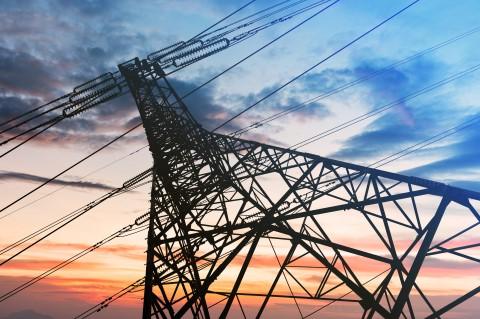
Thailand's power sector urged to tighten policies on energy security
Clamour for open and transparent development plans are getting louder.
Thailand’s power market and institutional structure aligns well with its strong commitment to electricity security. Thus states the International Energy Agency in its “Thailand Electricity Security Assessment 2016.” There, it goes on to state that power sector development plans are best developed in an open, transparent fashion, where responsible parties are given sufficient capacity and an appropriate level of independence.
As long as policy goals are clearly articulated and responsibilities clearly delineated, the resulting plan should strike an appropriate balance between security, economy and environment, says the International Energy Agency.
A complex system
In its assessment, the International Energy Agency states that having a high reserve margin may be entirely appropriate for the Thai power system, in particular if the expectation is that reliability standards are to be tightened in the future.
However, it also mentions that frontloading generation investments in the expectation that they will be needed later, could lead to overinvestment. An additional complexity of the Thai power system is the fact that only a proportion of projects are directly owned and operated by EGAT.
Further, the group points out that approximately half of domestic generation and all projects developed outside of Thailand involve independent power producers (IPPs) contracted under long-term power purchase agreements (PPAs). EGAT, however, also has minority stakes in certain IPPs through its various subsidiaries.
This split in ownership structure between EGAT and the various IPPs has the potential to create uncertainty, both in terms of investment and in terms of operations, if not properly co-ordinated. Conflicts of interest could potentially undermine both the investment environment and the security of day-to-day operations, notes the assessment.
PPAs and electricity security
Meanwhile, the International Energy Agency also takes note of the relative inflexibility of PPAs which can also affect long- and short-term electricity security.
Long-term, fixed-price PPAs offer a degree of certainty to both the investor and the purchaser (in this case, EGAT), but limit the ability of developers and system planners to respond to market developments. This is particularly challenging, states the assessment, in an environment that mixes utility-owned generation and IPPs.
In Thailand, the situation is compounded by the fact that PPAs are negotiated by the MoEN, but EGAT is responsible for integrating IPPs into the power system, observes the International Energy Agency.
Over the short term, it continues, such PPAs may lead to inefficient dispatch decisions due to an increase in anticipated fuel costs and/or if anticipated demand growth is being overestimated, which could potentially result in power system instability.
Developing sustainability
According to a country assessment by the Asian Development Bank (ADB), threats to a competitive and stable energy supply include the rising market price of oil and gas, scarce and dwindling domestic resources, uncertain reliability of nondomestic sources of energy, and increasing domestic demand.
It goes on to mention that the Thailand Power Development Plan (PDP), 2010–2030 forecasts that total system capacity will need to increase to 70,686 MW by 2030 from 32,395 MW as of mid-2012. During 2012–2019, installed capacity is expected to increase by 23,325 MW—35% from renewable energy, 22% from cogeneration, 28% from combined cycle, and 15% from thermal.
For the development of a sustainable sector to occur, however, there needs to be the following, says the ADB: diversification, to the extent possible, from the heavy reliance on oil and natural gas; good governance and supply-side regulation; and implementation of pricing mechanisms to provide sound market signals that adjust consumption to reflect the true cost of production and environmental externalities.
Renewed renewable energy sector
After a delay caused by the political upheaval, Thailand is starting to move forward again on the renewable energy (RE) front, says Tony Segadelli, managing director of OWL Energy. A tendering process was held in April that resulted in cooperatives being awarded 281MW of solar PV. Many of these cooperatives have teamed up with experienced solar PV companies to implement their projects.
Meanwhile, the FIT has been kept at THB5.66/kWh for 25 years, and more PV tendering is expected towards the end of this year or early next year. In terms of other RE opportunities, the first MSW project in Bangkok had its opening ceremony in May. It can generate 5MW. This bodes well for other MSW projects in Thailand.
Further, Thai peak power demand increased in 2016 by 8% to a new record of 29,618.8 MW. This is despite the economy growing at only 1.8%, and is also hopefully an indicator that the economy will start to grow stronger.
Although the National Energy Policy Council (NEPC) is in the process of tendering for new gas concessions and PTT is expected to build an additional LNG terminal, Thailand is expected to continue increasing the capacity and percentage of RE in the country. The government has a stated policy of reducing reliance on natural gas, in part because of shrinking reserves.
In relation to Thailand’s RE sector, the International Energy Agency says the country can afford to be more ambitious in its renewables goals. Thailand should take advantage of the rapidly declining costs of solar PV and the inherent flexibility of its power system by significantly increasing its renewables target. To ensure that various renewable resources can be more effectively utilised to help support the system’s security, the government should revamp the current feed-in tariff (FIT) programmes.
Private sector and RE
The private sector could also aid in the further development of Thailand’s RE sector. The Asian Development Bank, in a country assessment of Thailand, observes that credible and transparent tariff setting with sound long-term electricity off-take arrangements may attract greater private investment. The organisation cited the closing of several commercially financed solar energy project transactions in Thailand as bases. It also noted that greater private investment will, as a result, lead to sustained private sector participation, which will trigger more competition, improve service quality, and stimulate innovation.
Further, according to ADB’s “Sun, Partnerships Power Thailand Solar Project” case study, the Natural Energy Development company built the first large-scale solar power plant in the country and the largest in Asia – a project that manifests the feasibility of large, private sector solar farms. The 55 MW photovoltaic solar plant was constructed in just 18 months, ahead of schedule and under budget.
The case study noted that ADB assisted in obtaining long-term financing and helped the project register and pre-finance certified emission reductions under the Clean Development Mechanism. This, it said, attracted several local lending partners, including Bangkok Bank, Kasikornbank, and Siam Commercial Bank.
The solar farm began feeding power to EGAT in late 2011, and now generates enough clean electricity to power 70,000 households, says the case study. By replacing fossil fuels, the plant will avoid the release of more than 1.3 million tons of greenhouse gases into the atmosphere over the next 25 years.
Points to ponder
The ADB country assessment notes that the power subsector comprises several public sector stakeholders and state-controlled utilities. Overlaps in functions result in some lack of coordination and redundancy, providing scope for institutional reform and improved cooperation and accountability among stakeholders.
Further, Thailand’s PDP targets a 25% reduction in energy intensity by 2030, based on energy savings programs and promotion of energy efficiency, says the assessment. The government is working to develop and implement policies and measures to encourage investment in energy efficiency, particularly in transport and industry, it also notes. Government programs (for peak clipping, load-shifting, and energy conservation) that influence available consumer choices could be expanded, the ADB suggests.
Lastly, ADB suggests appropriate pricing policies for the electricity tariffs charged by EGAT, Metropolitan Electricity Authority, and Provincial Electricity Authority. This should ensure that consumers are sent sound market signals, the ADB remarks.


















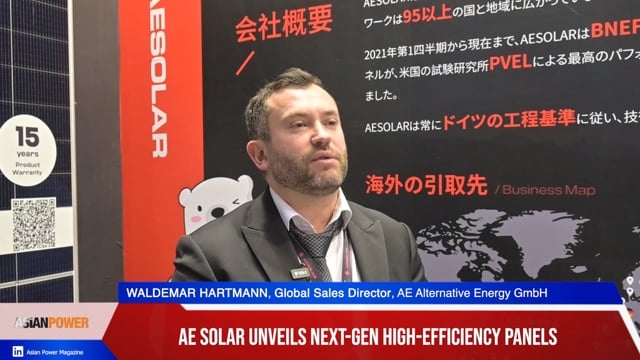
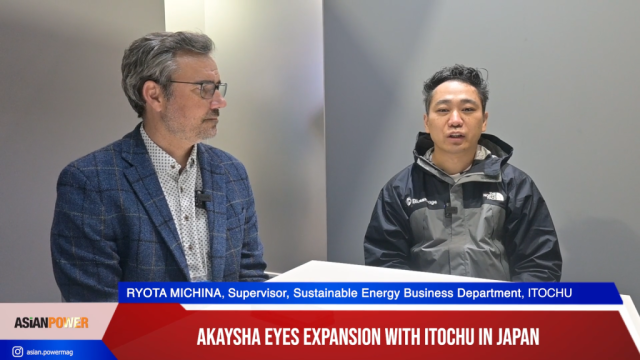
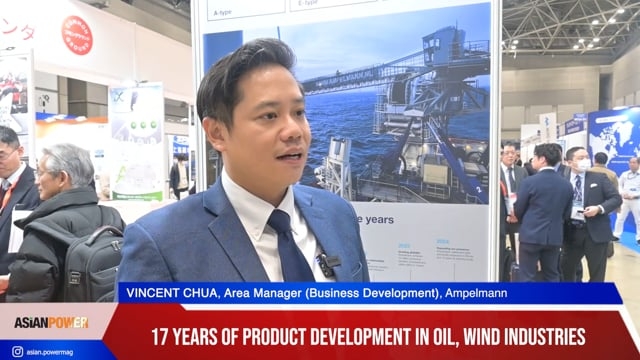
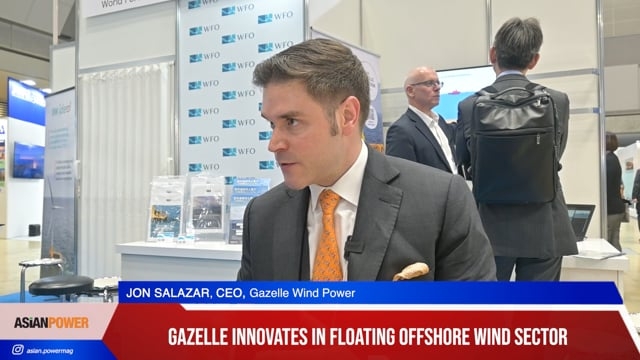

 Advertise
Advertise









